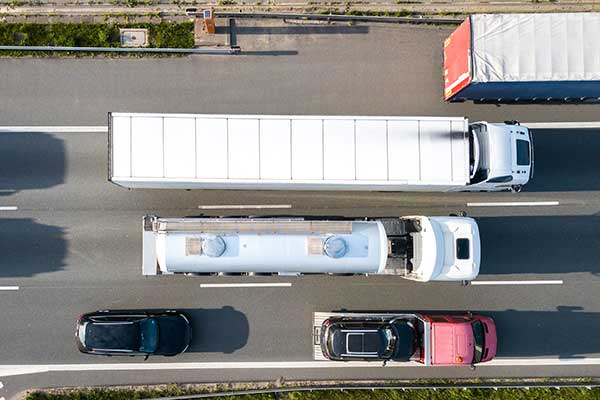Clean trucking is on the horizon.
Washington carriers will need a variety of carbon reduction technologies to get there.
The commercial trucking industry continues to transition from gas and diesel to clean zero-emission technology. But decarbonizing the trucking industry will require more than simply replacing internal combustion engines with EVs.
All options must be on the table to expedite the process and protect the backbone of our supply chain and trade-dependent economy.
What They’re Saying About Zero Emission Trucking
A combination of technologies will be needed to fully transition the fleet to a zero-emission operation. We compete with trucking companies 16 miles away across state lines that don’t have these costs to transition to zero-emission.
The long-term commitment of a truck loan has created hesitancy to purchase vehicles instead of leasing them. Investing in a zero-emission vehicle technology without the data to support its efficacy creates additional concerns, as the capital expense to purchase a vehicle and install infrastructure willplace a heavy burden on small fleets and lower income operators.
New solutions need to be found. But how do you make it pencil out and viable for everybody? Smaller fleets are likely to wait for their larger counterparts to explore zero-emission technologies before making the financial commitment to purchasing new vehicles due to financial, infrastructure, and feasibility concerns. Robust incentives are integral to encouraging small and medium fleets to be early adopters of zero-emission technology.
We believe that we should all be stewards of the environment, and we share in the desire for cleaner air. Zero-emission vehicles sound good but are very difficult to implement. There is a large cost barrier that accompanies the adoption of new technology. Vehicle costs, charging infrastructure, available power, reduced range, and decreased payload are all factors influencing the transition to zero-emission technology.
Grant funding and state incentives for vehicles motivate fleets to purchase vehicles, as they make a transition to zero-emission vehicles a more attainable option.

Clean Trucking Facts
- Truck engines manufactured today emit 98% less nitrogen oxide (NOx) and particulate matter (PM) than those built 35 years ago.
- 60 of today's trucks emit what just one truck emitted in 1988.
- Since 2006, the industry has eliminated virtually all sulfur oxide (SOx) emissions.
Source: Clean Freight Coalition
